The perfect planter, to me is just as high as you would want to sit. A nice seat goes all the way around it, and you can comfortably reach to at least the center if not the other side. Additionally it is stable enough for you to stand on, or move if need be.
This consists of six legs made up as ‘T’ intersections of wood. Under each T is a board to keep the planter from sinking into the ground. Mounted on top of the Ts are six seat boards cut at a 60 degree angle. Under the seat board is a side board that forms a T with the seat board and makes the seat strong and stable.
The whole thing is quite solid and stable.
It is also fairly simple to make.
You just make six Ts and set them in a circle. Then you put six seat boards on them and attach them. After that the feet and side boards make it secure.
Then you can add more side boards to go down to the bottom, or almost the bottom, and you have a nice planter. If you don’t want to raise a tree in it, you can tack landscaping fabric into it, and form a bag to keep soil in and grass out.
Bob

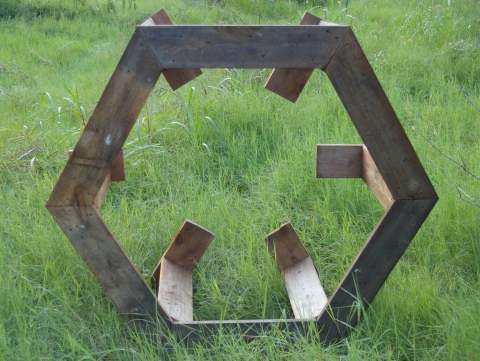


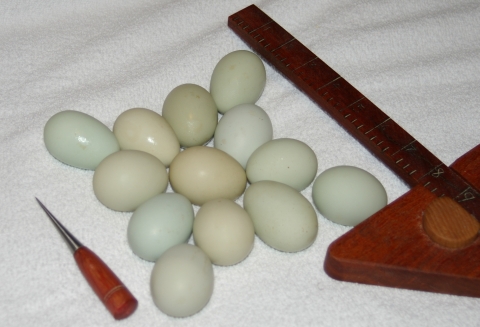
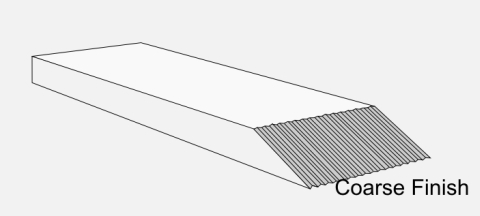
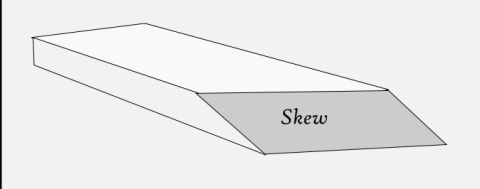



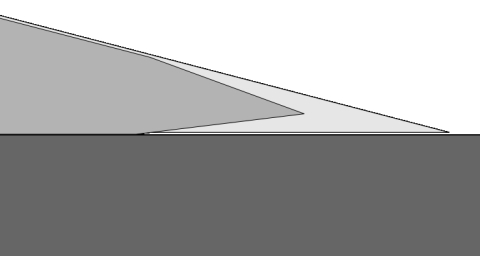









 A page Dedicated to My Writing
A page Dedicated to My Writing
Recent Comments